The food industry is a multi-billion dollar industry that keeps us all fed and watered. While the industry provides us with convenient, ready-to-eat meals and snacks, it also uses clever tactics to influence your eating habits that aren’t always in your best interest. From deceptive marketing to engineered flavors, we look at 18 unbelievable ways the food industry manipulates your diet:
Hiding Sugar Under Different Names

Sugar is a common ingredient in processed foods, but manufacturers often disguise it by using different names. Look for ingredients like fructose, dextrose, maltose, or high-fructose corn syrup, which are all forms of sugar. By using multiple names, food companies make it harder for consumers to recognize just how much sugar they’re actually consuming. This deception can become challenging to track sugar intake, leading to overconsumption.
Using ‘Health Halos’ to Mislead Consumers

Labels like “organic,” “natural,” or “gluten-free” give the impression that a product is healthy, even when it’s loaded with sugar, fats, or artificial additives. These “health halos” distract consumers from checking the actual nutritional content of the product. This can mean people are tricked into thinking unhealthy foods are good for them, increasing the risk of overconsumption.
Adding Addictive Flavor Enhancers

Flavor enhancers like monosodium glutamate (MSG) and artificial flavors are used to make food hyper-palatable—meaning you crave more of it. These additives can trigger dopamine responses in the brain, making it harder to stop eating and easier to overconsume. Consuming enhanced flavors can make you addicted to processed foods, which can make you struggle to regulate portions.
Manipulating Portion Sizes on Labels

Food manufacturers often reduce the portion size on packaging to make nutritional information look better. For example, they might list a small, unrealistic serving size to lower the apparent calorie, fat, or sugar content per serving. When consumers are misled into thinking they’re eating fewer calories than they are it could lead to health problems such as obesity.
Pumping Processed Foods With Salt
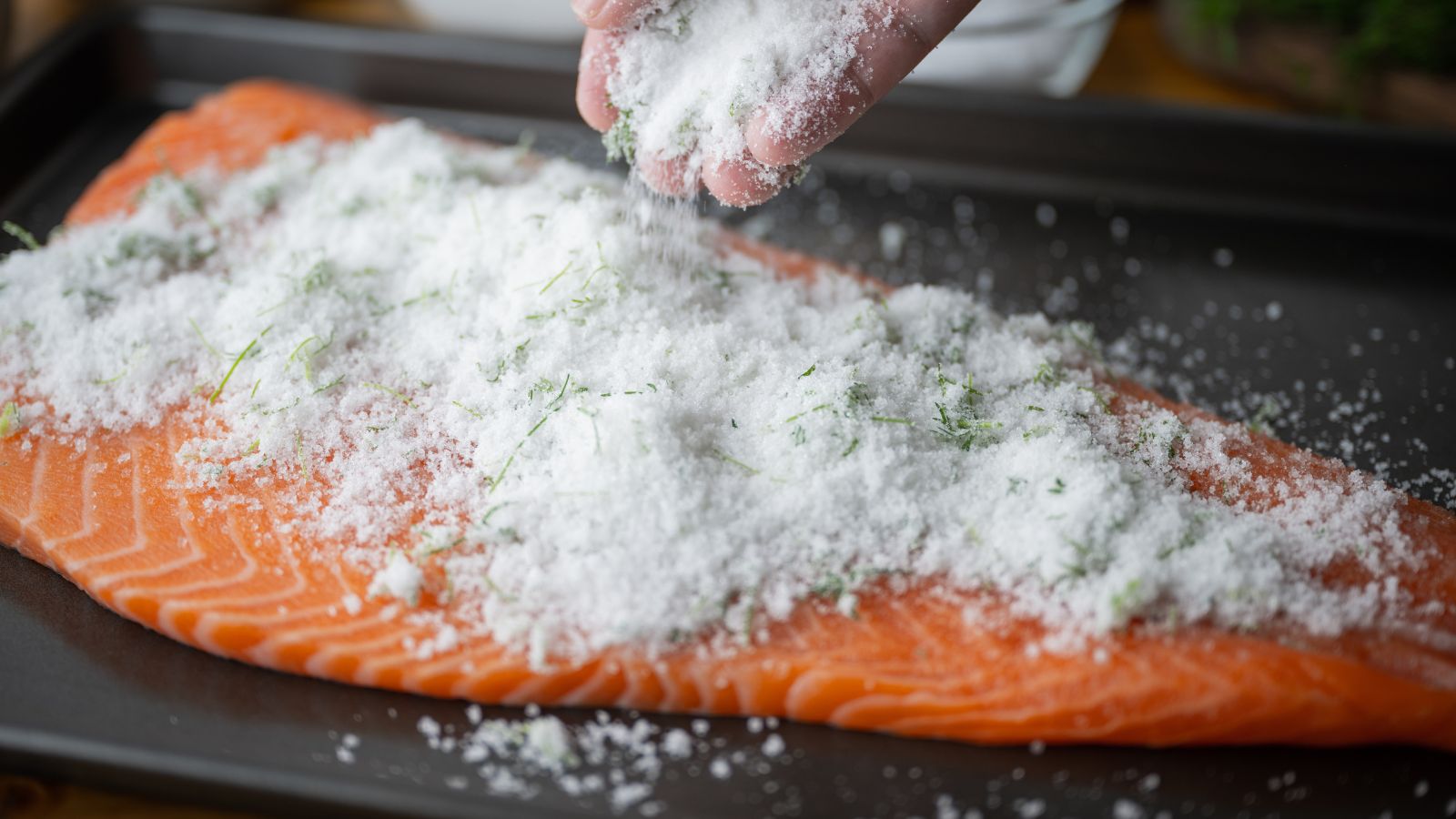
Salt is a cheap way to enhance flavor and preserve food, and it’s found in nearly all processed foods, from snacks to frozen dinners. Excess salt can contribute to high blood pressure and other health issues, yet it’s often hidden in foods that don’t taste overly salty. It’s easy to exceed the recommended daily intake of sodium without even realizing it, which is why campaigner are asking for more transparency on food packaging.
Using Food Coloring to Make Foods More Appealing

Artificial food colorings make processed foods look more appealing by enhancing or mimicking the natural colors of fresh ingredients. These colorings can make highly processed foods appear healthier or fresher than they really are, influencing your purchasing decisions. Bright, colorful packaging tricks consumers into thinking foods are more natural or nutritious than they are.
Engineering Foods for “Bliss Points”

Food scientists carefully balance sugar, salt, and fat to create a “bliss point” where the combination is irresistible to consumers. This carefully engineered balance is designed to maximize pleasure and keep you coming back for more. These highly palatable foods can lead to overeating and make healthy choices less appealing.
Marketing to Children With Sugary Cereals
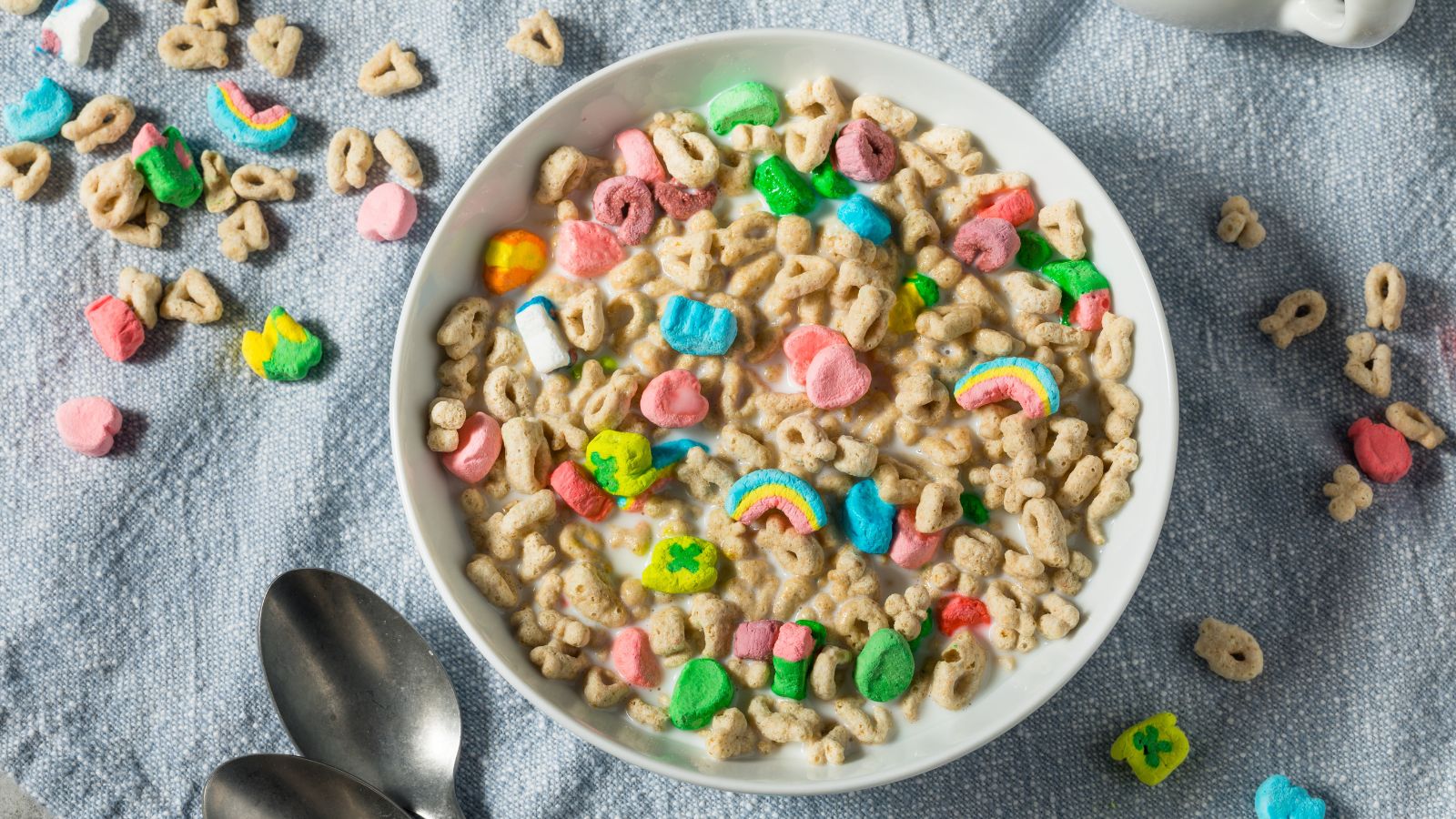
Bright packaging, cartoon characters, and sweet flavors are all aimed at enticing children to eat sugary cereals and snacks. By targeting kids with appealing visuals and taste, food companies create brand loyalty from a young age. Studies have shown that early exposure to unhealthy foods can create lifelong poor eating habits.
Sneaking in Unnecessary Fats
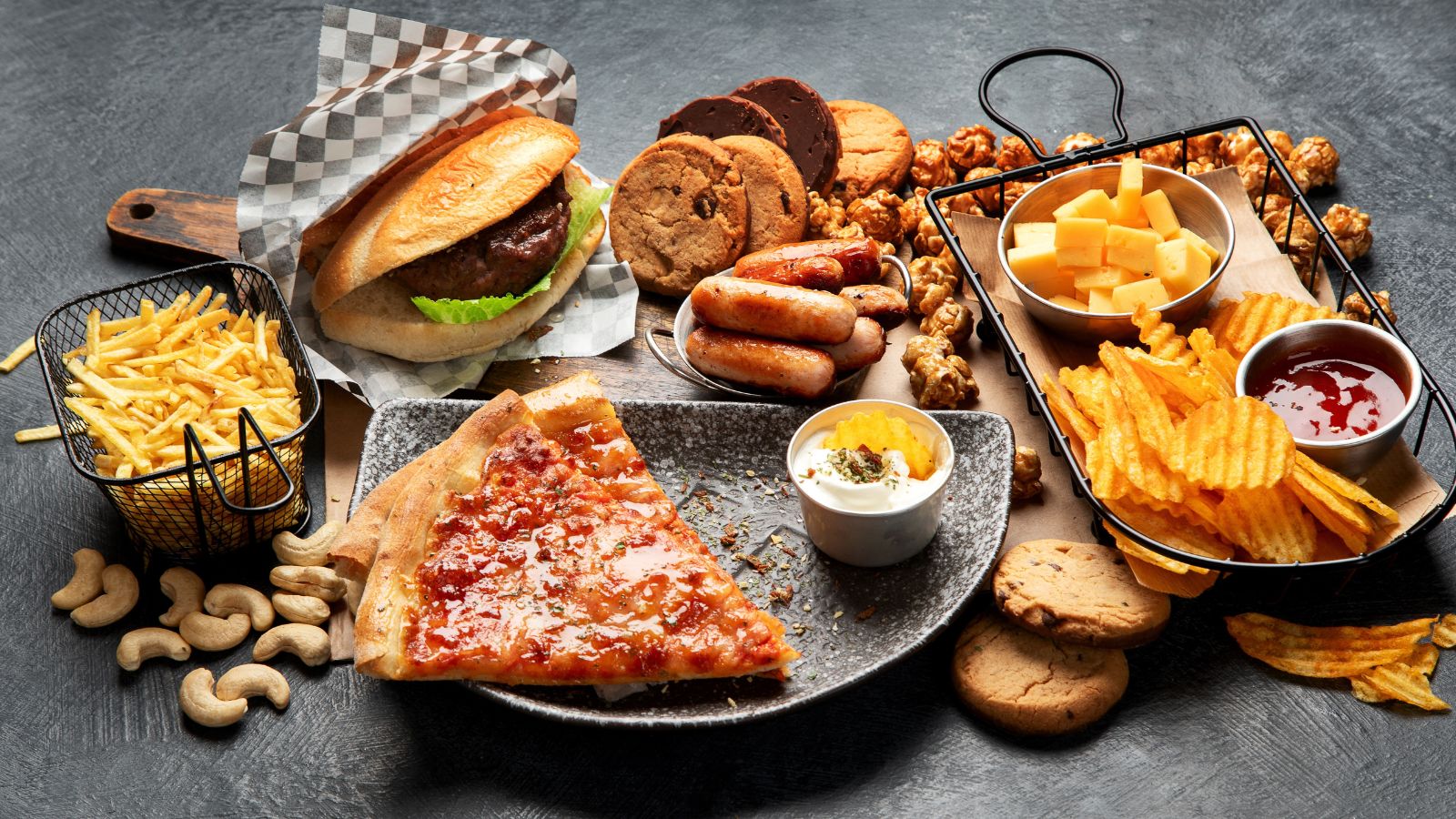
Trans fats and hydrogenated oils are often added to processed foods to improve texture and shelf life. These fats have been linked to heart disease, yet they’re still found in many packaged goods, particularly baked products, snacks, and frozen foods. Unnecessary fats increase your intake of unhealthy calories without offering nutritional benefits.
Downplaying the Calorie Count of ‘Low-Fat’ Foods
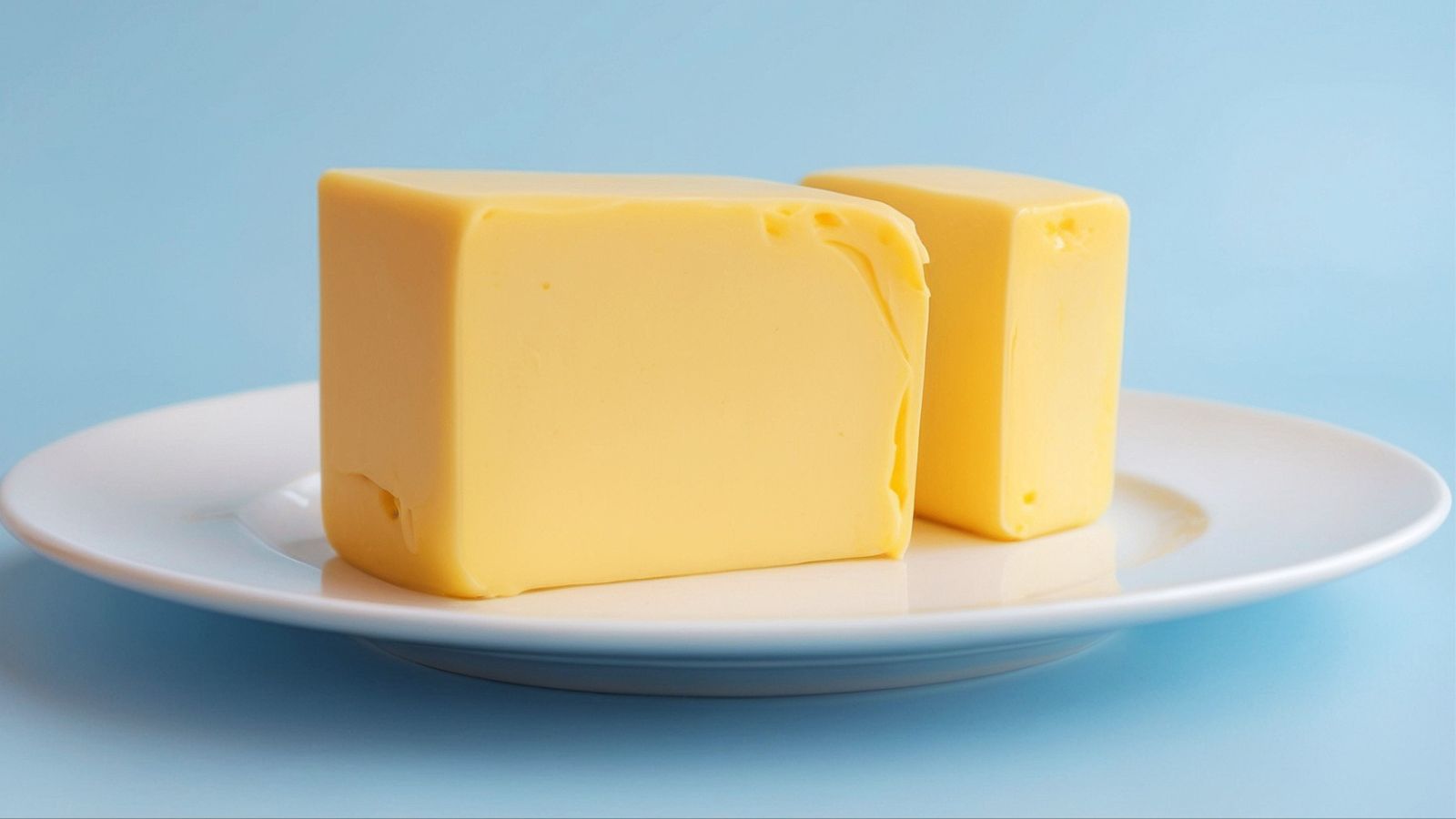
When food companies reduce fat, they often increase sugar or other additives to maintain flavor, leading to products that are labeled as “low-fat” but are still high in calories. Consumers may assume these foods are healthier and consume more than they would otherwise. Low-fat foods aren’t always lower in calories and can encourage people to eat more than they would if they has a full-fat version that’s more satisfying.
Falsely Advertising ‘Whole Grain’ Ingredients

Many products boast “whole grain” on their labels, but often, they contain only a small percentage of actual whole grains mixed with refined flour. These misleading claims make consumers think they’re choosing healthier options.Refined grains lack fiber and nutrients, despite what the packaging might suggest.
Using ‘Natural’ as a Marketing Gimmick

The term “natural” is unregulated and can be used loosely by food companies. Products labeled as “natural” might still contain artificial preservatives, high levels of sugar, or unhealthy fats. Consumers are misled into thinking “natural” foods are healthier when they may not be.
Overloading Processed Foods With Additives

Many processed foods contain artificial preservatives, emulsifiers, and stabilizers to extend shelf life and improve texture. While these additives aren’t always harmful in small amounts, their long-term health effects are not fully understood. Some studies have shown that additives can disrupt gut health and lead to inflammation or other health issues over time.
Creating ‘Light’ Versions That Are Still Unhealthy

Food companies often market “light” versions of popular products, reducing fat or calories while adding sugar, artificial sweeteners, or sodium to compensate for lost flavor. These versions might not be significantly healthier than the original product. “Light” versions can still be highly processed and often contain unhealthy ingredients.
Serving Sizes Don’t Match Real Consumption
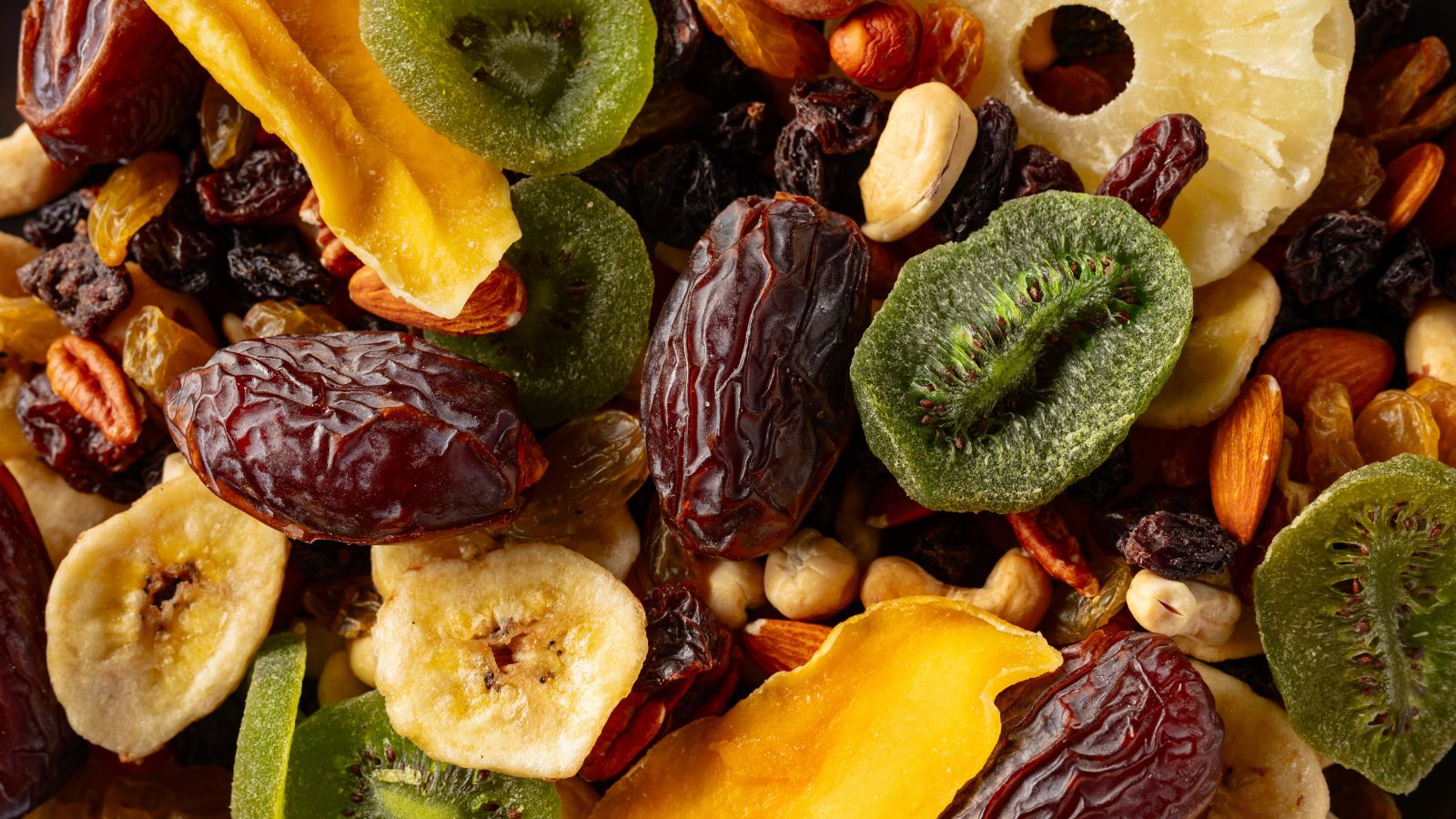
Even though packaging may list a low calorie count per serving, the serving size might not reflect how much people actually eat in one sitting. Chips, ice cream and soda are often consumed in much larger portions than what the label suggests, which will lead to more calories, fat and sugar being consumed.
Marketing Junk Food as ‘Energy-Boosting’

Energy drinks, sugary snacks, and “protein bars” are marketed as quick ways to boost energy, but they’re often loaded with sugar and artificial ingredients that cause energy spikes followed by crashes. These foods don’t provide lasting energy and can negatively affect blood sugar levels.
Promoting Empty Calories as Meal Replacements

Meal replacement shakes and bars are marketed as convenient, healthy options, but many are filled with artificial sweeteners, low-quality protein, and fillers that don’t provide real nutrition. While they may be low in calories, they don’t satisfy hunger or nutritional needs. Meal replacements often leave you hungry, leading to more snacking and overeating.
Using Buzzwords Like ‘Superfood’ Without Backing

“Superfood” has become a trendy term used to market foods with minimal actual health benefits. While some foods genuinely offer high nutrient density, many products that boast superfood status may only contain trace amounts of these ingredients, or rely on trendy names to sell. People tend to spend more on products believing they offer significant health benefits, often without any scientific proof.
Pushing Ultra-Processed ‘Convenience’ Foods

The food industry thrives on convenience, offering ready-to-eat meals, pre-packaged snacks, and fast food. While these options save time, they are often ultra-processed, filled with additives, and lacking in essential nutrients. Despite their convenience, they can have long-term health consequences. Frequently eating ultra-processed foods contributes to poor diet quality, weight gain and even chronic disease.
18 Reasons Why People Are Leaving Florida in Masses

Exploring factors that impact the desirability of living in Florida, this list delves into various challenges shaping residents’ experiences. From environmental concerns like rising sea levels to economic factors such as fluctuating job markets, these issues collectively contribute to a nuanced understanding of the state’s appeal.
18 Reasons Why People Are Leaving Florida in Masses
